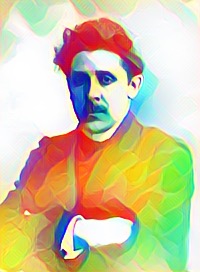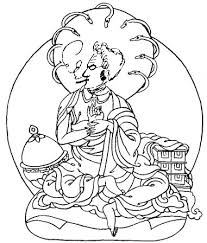Mystical Anarchism

Throughout the history of mankind the human urge to freedom has found expression in various philosophical and religious traditions, schools, and groups (e. g. Chinese Taoism, ancient Greek Cynicism, early Christian Gnosticism, various forms of sectarianism), and eventually transformed into the abstract philosophical idea of a stateless society in the aftermath of the French Revolution, which ultimately developed into the political theory and social movement of “anarchism” Although modern anarchism has its origins in England and France, the theoretical elaboration of its fundamentals owes much to the contribution of Russian thinkers – the most famous of which were Mikhail Bakunin (1814–1876) and Piotr Kropotkin (1842–1921), arguing in favor of a communal anarchism achieved through social revolution. Likewise, also the pacifist anarchist tradition is inextricably linked to a Russian name – Leo Tolstoy (1828–1910), not only one of Russia’s most famous novelists but also major representati...


